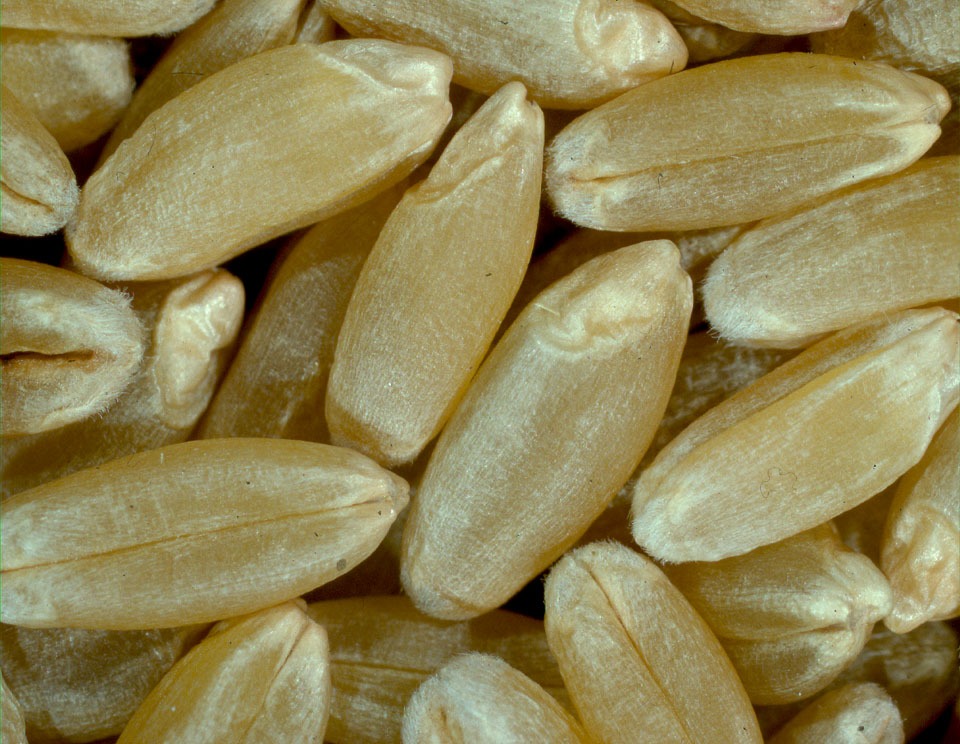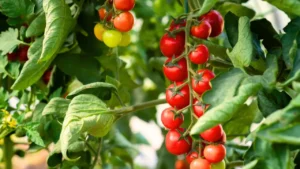
milling quality.jpg

Milling Quality
Definition:
Milling quality refers to the characteristics of milled grains or cereals, particularly their physical attributes, nutritional composition, and suitability for various food processing applications. It encompasses factors such as grain size, moisture content, milling yield, flour quality, and end-use functionality, which influence the overall performance and value of milled products in the food industry.
Factors Affecting Milling Quality:
- Grain Characteristics: The quality of milled products is influenced by the inherent characteristics of the grain, including its species, variety, maturity, and genetic composition. Different grains such as wheat, rice, maize, and barley exhibit distinct milling properties and end-use functionalities due to variations in their kernel structure, protein content, and starch composition.Evidence: Research published in the Journal of Cereal Science highlights the impact of grain genetics and breeding on milling quality traits such as kernel hardness, protein content, and dough rheology, emphasizing the importance of genetic improvement programs in enhancing milling quality and food processing performance.
- Milling Process Parameters: Milling quality is also influenced by various processing parameters such as milling method, degree of grinding, moisture content, and temperature during milling. Optimal milling conditions ensure efficient separation of endosperm, bran, and germ fractions, leading to high milling yields and desirable flour characteristics.Evidence: Studies conducted by the International Association for Cereal Science and Technology (ICC) demonstrate the effect of milling parameters such as roll gap settings, roll speed, and tempering conditions on flour particle size distribution, protein content, and dough rheology, highlighting the importance of process optimization for achieving desired milling outcomes.
- Storage and Handling Practices: Proper storage and handling of grains before and after milling are critical for preserving milling quality and minimizing quality losses due to factors such as moisture absorption, insect infestation, and microbial spoilage. Adequate grain conditioning, cleaning, and storage hygiene practices help maintain grain integrity and prevent contamination.Evidence: Guidelines from the Food and Agriculture Organization (FAO) emphasize the importance of good agricultural practices (GAPs) and post-harvest management techniques in ensuring milling quality and food safety, recommending strategies such as proper drying, insect control, and sanitation to minimize quality deterioration during storage and handling.
Quality Assessment and Evaluation:
- Physical Characteristics: The physical attributes of milled products, including particle size distribution, color, texture, and moisture content, are commonly used indicators of milling quality. Particle size analysis, microscopy, and texture analysis techniques are employed to assess flour quality and consistency.Evidence: Standardized methods such as the National Institute of Standards and Technology (NIST) protocols and International Organization for Standardization (ISO) guidelines provide frameworks for evaluating physical parameters of milled products, ensuring consistency and reliability in quality assessment across food industry sectors.
- Chemical Composition: The nutritional composition and chemical properties of milled grains and flours, such as protein content, starch composition, lipid profile, and micronutrient levels, are critical determinants of milling quality and nutritional value. Analytical techniques such as proximate analysis, chromatography, and spectrophotometry are used to quantify nutritional components and assess flour quality.Evidence: Research published in the Journal of Food Science and Technology demonstrates the correlation between milling quality parameters and nutritional composition of flours, highlighting the importance of comprehensive quality analysis for optimizing food processing and formulation practices.
- Functional Performance: The functional properties of milled flours, including dough rheology, baking performance, water absorption capacity, and textural characteristics, determine their suitability for various food applications such as baking, pasta making, and snack manufacturing. Rheological tests, baking trials, and sensory evaluation methods are employed to assess flour functionality and performance.Evidence: Studies conducted by food technologists and sensory scientists evaluate the effects of milling conditions, flour additives, and processing techniques on dough handling properties, bread volume, crumb texture, and sensory attributes, providing insights into factors influencing flour functionality and product quality.
Quality Improvement Strategies:
- Grain Selection and Breeding: Breeding programs aimed at developing high-quality grain varieties with desirable milling traits, such as uniform kernel size, high protein content, and superior baking quality, contribute to improving milling quality and end-product performance. Genomic selection, marker-assisted breeding, and trait-based selection methods facilitate the development of improved grain varieties tailored to specific milling and processing requirements.Evidence: Research conducted by agricultural scientists and plant breeders documents the successful breeding of wheat, rice, and maize varieties with enhanced milling quality traits, leading to increased milling efficiency, flour yield, and product consistency, and highlighting the potential of genetic improvement strategies in enhancing milling quality and food security.
- Process Optimization: Continuous improvement of milling processes through technological innovation, process automation, and quality control measures enhances milling efficiency, product consistency, and resource utilization. Advanced milling technologies such as roller milling, hammer milling, and air classification systems optimize particle size distribution, flour yield, and functional properties, enabling manufacturers to produce high-quality milled products with superior performance characteristics.Evidence: Case studies from the milling industry demonstrate the implementation of process optimization strategies, including flow diagram analysis, equipment upgrades, and performance monitoring systems, to achieve higher milling efficiencies, lower energy consumption, and improved product quality, underscoring the importance of technological innovation in enhancing milling quality and competitiveness in the global marketplace.
- Quality Assurance and Traceability: Implementing quality assurance systems, product testing protocols, and traceability measures throughout the milling and supply chain ensures compliance with regulatory standards, customer specifications, and quality requirements. Quality management systems such as Hazard Analysis and Critical Control Points (HACCP), Good Manufacturing Practices (GMP), and ISO certification frameworks provide guidelines for ensuring milling quality and food safety at every stage of production.Evidence: Industry reports and regulatory guidelines highlight the importance of quality assurance practices and traceability systems in the milling industry, emphasizing the role of risk management, product testing, and documentation in safeguarding product integrity, consumer confidence, and market access, and demonstrating the commitment of milling companies to producing safe, high-quality milled products for global consumers.
Conclusion:
Milling quality plays a pivotal role in determining the performance, nutritional value, and marketability of milled grains and flours in the food industry. By understanding the factors influencing milling quality, employing quality assessment techniques, and implementing quality improvement strategies, manufacturers can produce high-quality milled products that meet consumer expectations for taste, texture, and nutritional value, and contribute to the overall sustainability and competitiveness of the milling sector.
Fall off the barn roof and busted your keister? Life on the farm or ranch can be tough on the bum. Need a break? Laugh it off at FarmerCowboy.com, the #1 farm humor site. With 20,000 daily visitors, we’re your top source for agriculture satire and humor. Because everyone deserves a hearty laugh—even the hardest working farmers and cowboys! Join us and turn those long days into fun tales at FarmerCowboy.com.
Originally posted 2005-07-01 06:12:01.
Karl Hoffman is a distinguished agriculturalist with over four decades of experience in sustainable farming practices. He holds a Ph.D. in Agronomy from Cornell University and has made significant contributions as a professor at Iowa State University. Hoffman’s groundbreaking research on integrated pest management and soil health has revolutionized modern agriculture. As a respected farm journalist, his column “Field Notes with Karl Hoffman” and his blog “The Modern Farmer” provide insightful, practical advice to a global audience. Hoffman’s work with the USDA and the United Nations FAO has enhanced food security worldwide. His awards include the USDA’s Distinguished Service Award and the World Food Prize, reflecting his profound impact on agriculture and sustainability.






